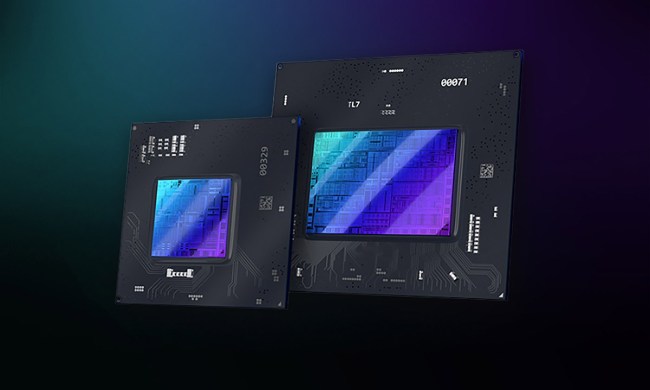It’s a quiet November in Microsoft security land, or it would seem to be that way from their advance notice for this week’s monthly Patch Tuesday.
This time around the company is promising just one critical and one important fix.
The critical fix is for an undisclosed vulnerability in Microsoft XML Core Services component in Windows 2000, XP, Server 2003, 2008 and Windows Vista. If exploited it could give an attacker the ability to remotely execute code on a system.
The important flaw, which is in a component in Windows 2000, XP, Server 2003, Server 2008 and Windows Vista, gives attackers the same ability. Again, no details were released, but it’s only deemed important.



